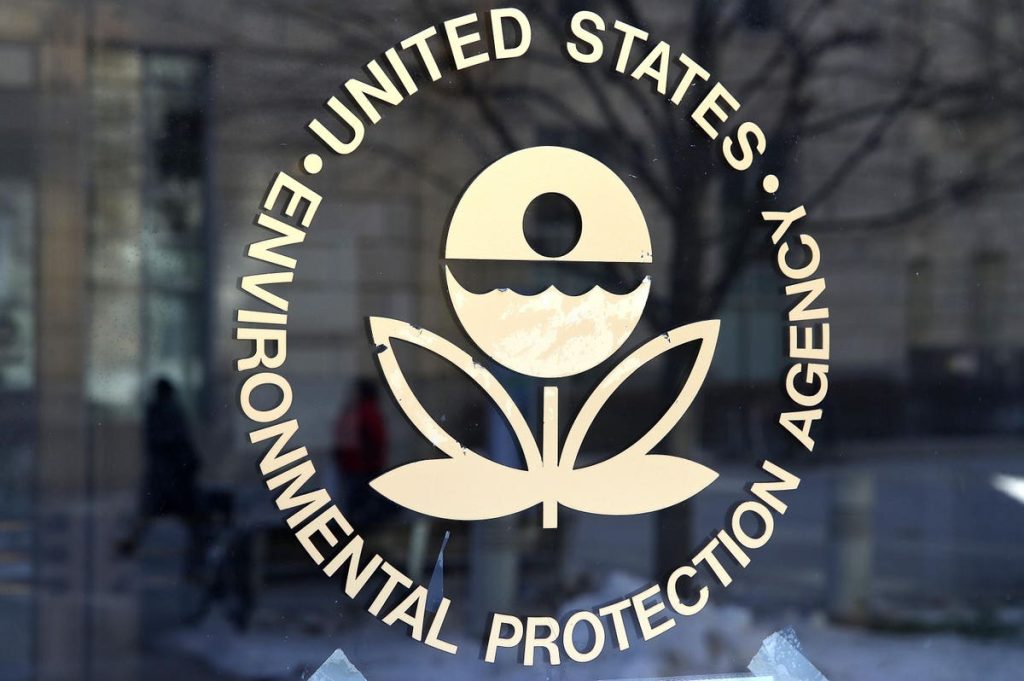Topline
A group of ten states plan to sue the Environmental Protection Agency for failing to update its residential wood-burning stove emissions standards, citing potential health and environmental risks the appliances pose.
Key Facts
Ten state attorneys general filed a 60-day notice of intent to sue the EPA if the agency doesn’t update its wood-burning appliance emissions standards
In a letter of intent filed Thursday, the states allege the agency failed to “timely review and revise” its wood heater performance standards, which the agency is required to renew every eight years under the Clean Air Act.
The states include New York, New Jersey, Illinois, Maryland, Massachusetts, Oregon, Minnesota, Washington, Vermont and Alaska—the Puget Sound Clean Air Agency is also involved.
The letter cites an EPA report from earlier this year that described the agency’s residential wood stove program as “ineffective” and hazardous to humans and the environment.
As a part of the program, the EPA supported trading in older wood appliances for newer, cleaner ones and distributed about $82 million in residential exchange grants between 2015 and 2021.
However, the letter argues that if the newer models don’t meet emission standards, then millions of dollars could be wasted—the EPA report found many of the replacements didn’t meet standards.
The report found the EPA put people at risk of exposure to particle pollution by allowing the continued sale of wood-burning appliances that may not meet standards.
Forbes reached out to the EPA and the agency declined to comment on the pending litigation.
Crucial Quote
“Although the current emission standards for wood heaters have been in place since May 2015, EPA has not even started the required notice-and-comment rulemaking proceeding to review the scope or stringency of those standards and make the necessary revisions to ensure they result in actual emissions reductions,” the AGs wrote in the letter.
Key Background
Wood stoves and heaters produce toxins that can be harmful for humans’ health and the environment. Burning wood results in carbon emissions 30% higher than coal and 2.5 times higher than natural gas, Penn State researchers found. According to the American Lung Association, the smoke produced by these appliances contains fine particles and other hazardous toxins, like carbon monoxide. Breathing in particulate pollution can irritate the nose, eyes and even cause potential lung damage. Fine particles are the most dangerous because they can make their way into the deep parts of the lungs and even into the bloodstream. A study published in the journal of Chronic Diseases and Translational Medicine found a link between fine particles and an increased risk of chronic lung diseases in China. According to the report, inhaling fine particles increases the severity of asthma in adults and children and increases “the morbidity and mortality associated with lung cancer.” Though dangerous for anyone to inhale, seniors, pregnant people, people of color, current or former smokers, those with low socioeconomic status and anyone with underlying conditions—lung disease, diabetes or obesity—are at an even greater risk, according to the American Lung Association.
Big Number
About 39%. That’s the percentage of households in the Fairbanks North Star Borough, in Alaska’s Interior, that use wood-burning heaters in the winter, when temperatures often drop below zero. However, because it gets so cold, the region is susceptible to inversions that trap the cold air closer to the ground, potentially trapping pollution for weeks. Over 3,000 wood-burning appliances were replaced in the area between 2010 and 2021, though the EPA report said residents “do not know whether wood heaters in their homes meet standards.”
Surprising Fact
Vermont leads the nation in wood appliance use. According to a 2016 report, around a quarter of all households use wood as their main heating source. In turn, the state produces 22 pounds of particulate matter emissions per capita from wood each year—the most of any state.
Read the full article here






